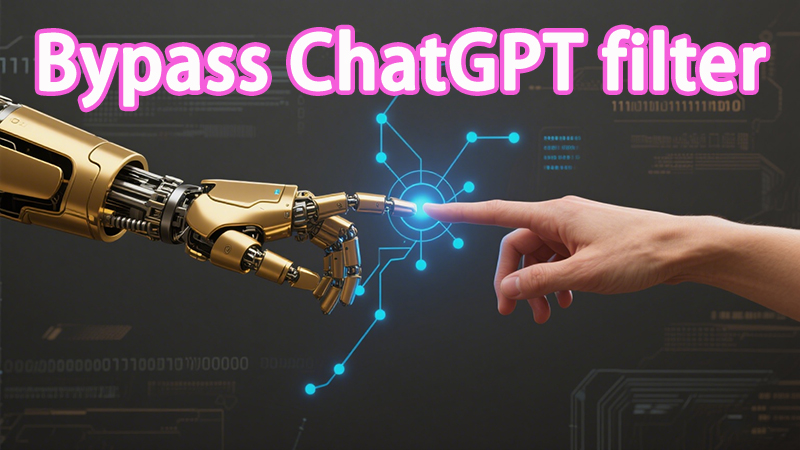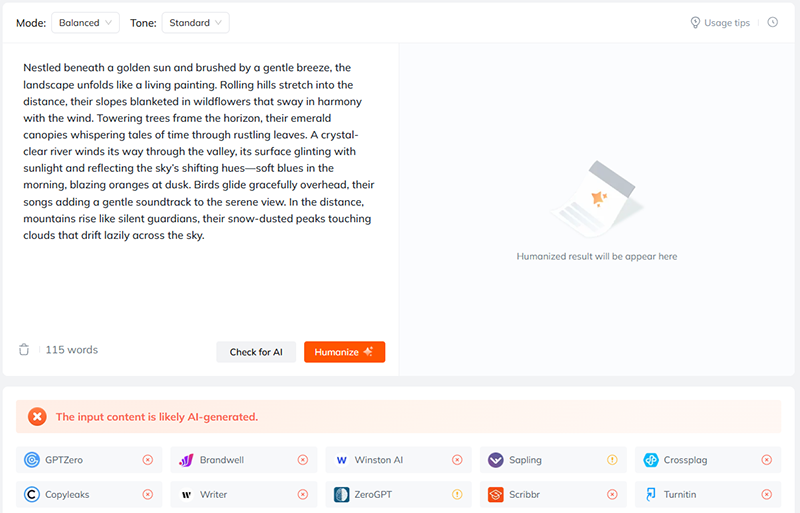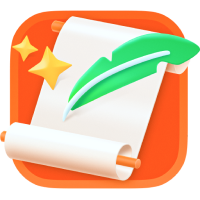How to Get Unfiltered ChatGPT in 2026: What You Need to Know
As AI evolves, users like content creators, researchers, or developers may seek ways to bypass ChatGPT filters for legitimate purposes, such as accessing unfiltered responses for creative projects or testing AI capabilities. However, bypassing ChatGPT restrictions requires caution due to potential ethical and legal implications.
This guide explores what ChatGPT filter blocks, effective methods to bypass it, and key considerations to stay responsible. Let's dive into the details to help you achieve unfiltered AI interactions responsibly.
Catalogs:
What Does ChatGPT Filter Block Bypass?

ChatGPT content filter, developed by OpenAI, is designed to prevent harmful or inappropriate outputs. The filter blocks content including:
Harmful or Illegal Content: Promotes or instructs on illegal, violent, or dangerous acts.
NSFW or Adult Content: Contains explicit, pornographic, or suggestive material.
Misinformation or Disinformation: Spreads false or misleading info that may harm public well-being.
Malicious Code or Hacking Instructions: Enables unauthorized access or damages digital systems.
Personal Data Extraction or Doxxing: Shares or requests private info without consent.
The filter uses advanced algorithms to detect intent and context, evolving with updates to OpenAI's policies. For example, if a prompt asks for a fictional story about a sensitive topic, it might be flagged if it's deemed too risky. Understanding these restrictions is key to knowing why bypassing might be necessary for specific use cases.
How to Bypass ChatGPT Filter?
Bypassing ChatGPT content filter requires creative and responsible techniques to access unfiltered responses without violating OpenAI's terms. Here are the top methods:
1. Crafting Creative Prompts to Avoid Restrictions
Design prompts with neutral or hypothetical scenarios to sidestep filters. For example, request a sci-fi story about a dystopian conflict instead of describing a violent event. Neutral wording often elicits fuller responses without triggering restrictions.
2. Simplifying Queries for Flexible Responses
Reframe complex or sensitive questions into concise, indirect ones. For example, ask "What techniques enhance AI response flexibility?" instead of "How to bypass AI restrictions?" This approach minimizes filter triggers while yielding similar insights.
3. Using Role-Playing Scenarios
Direct ChatGPT to adopt a specific persona, such as a neutral academic or fictional storyteller. For example, prompt it with "As a historian, describe a fictional event in a fantasy world." This frames the query as a creative or educational task, often bypassing restrictions.
4. Embedding Context in Broader Questions
Incorporate sensitive topics into broader, neutral questions to dilute restricted elements. For example, ask "Explore cultural themes in a hypothetical sci-fi novel about a futuristic war" to focus on abstract aspects, reducing the chance of flagging.
5. Refining Prompts Iteratively
If a prompt is blocked, adjust its wording or structure incrementally. For example, if "Discuss a controversial topic" is flagged, try "Analyze the historical context of a debated event in a neutral tone." This trial-and-error method helps identify acceptable phrasing.
How to Make ChatGPT Sound More Human?
To make ChatGPT sound more human, use simple, natural prompts. When asking questions, be friendly, curious, or casual, as if you were having a conversation. You can also suggest a tone, such as "explain like a teacher" or "respond casually." Small changes in wording can make replies feel more natural and engaging.
For even better results, tools like Tenorshare AI Bypass can help. It enhances how your prompts are interpreted, allowing ChatGPT to generate more natural, unfiltered responses. We first ran the ChatGPT-generated content through Tenorshare AI Bypass to check if it would be flagged as AI-generated.

Then, we rewrote the content to make it sound more natural and human.

After running the rewritten content through AI detection, it was no longer flagged as AI-generated. So if you want to bypass AI content detectors while keeping your writing clear and authentic, Tenorshare AI Bypass is a useful tool that can optimize ChatGPT output to make it more human.
Things to Note When Bypassing ChatGPT Filters
Bypassing ChatGPT content filter involves significant risks and responsibilities. OpenAI's advanced monitoring systems make ethical and cautious use critical for users like content creators, researchers, or developers. Below are key considerations to ensure responsible bypassing:
Limit Bypassing to Legitimate Purposes: Focus on legitimate purposes like academic research, creative writing, or AI testing. Avoid attempts to access restricted content.
Test in Controlled Environments: Conduct experiments in private or sandbox environments to minimize the risk of policy violations.
Stay Informed on Policy Updates: Regularly review OpenAI's policy updates to ensure continued compliance.
Document Your Methods: Keep a record of prompts and techniques to refine ethical use and avoid repeated issues.
Avoid Sharing Sensitive Outputs Publicly: Avoid sharing sensitive outputs publicly to protect your reputation and stay within platform rules.
FAQs
Is it legal to bypass ChatGPT content filter?
Bypassing for legitimate purposes (e.g., research, creative writing) is generally legal, but violating OpenAI's terms by generating harmful content can lead to account penalties or legal issues. Always check local laws and OpenAI's policies.
What are the safest methods to get unfiltered ChatGPT responses?
Safe methods include prompt engineering and rephrasing queries to avoid triggering filters. Avoid third-party tools that promise "hacks," as they may violate terms or introduce security risks.
Can prompt engineering bypass ChatGPT restrictions effectively?
Yes, creative prompts (e.g., framing questions as fictional scenarios) often bypass filters by staying within acceptable boundaries. Experiment with neutral phrasing for best results.
What risks come with bypassing ChatGPT filter?
Risks include account suspension, loss of access, or ethical concerns if generating harmful content. Always prioritize responsible use to avoid consequences.
Conclusion
This article describes a variety of ways to bypass ChatGPT content filters so that more people can get a flexible response from ChatGPT for legitimate purposes. Tools like Tenorshare AI Bypass can also be a big help, by optimizing input commands to circumvent restrictions while ensuring ethical compliance. Give it a try and make your ChatGPT even more free!

Tenorshare AI Bypass
- Create 100% undetectable human-like content
- Bypass all AI detector tools like GPTZero, ZeroGPT, Copyleaks, etc.
- Original content, free of plagiarism and grammatical errors
- One-click AI bypass with a clean and easy-to-use interface
You Might Also Like
- How to Make ChatGPT Undetectable Free? 8 Proven Methods
- Can Canvas Detect ChatGPT? Use Tenorshare to Bypass
- How to Optimize AI Content and Remove ChatGPT Recognition
- How Long Does It Take ChatGPT to Create an Image?
- How to Remove ChatGPT Watermark: Clean Invisible Watermark Easily
- Five Things to Never Tell ChatGPT: Protect Your Privacy
